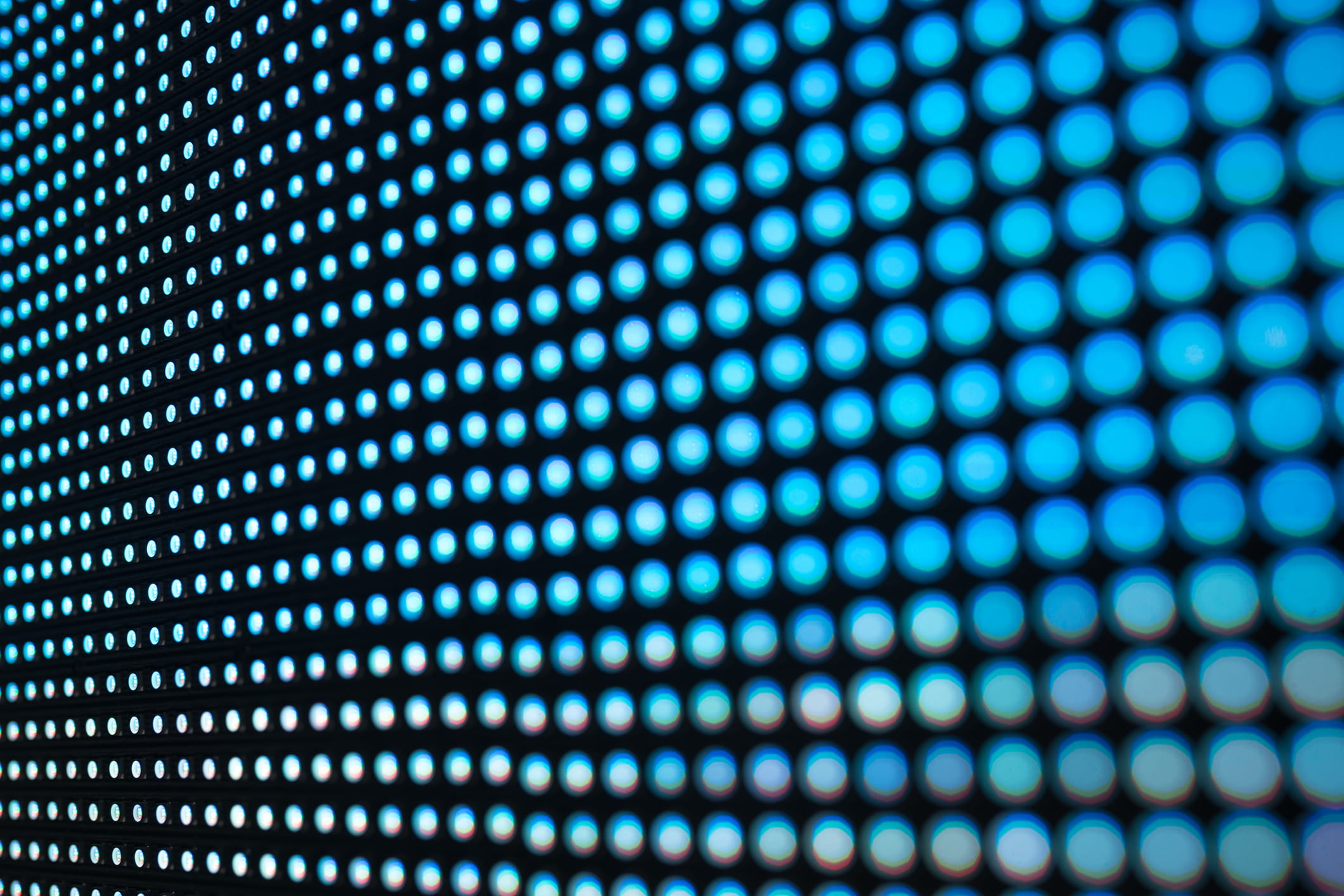Each year, Omdia surveys the display photomask supply chain and forecasts demand by mask size, panel maker, factory, mask maker, and various other parameters to model total model units, revenue, and area five years into the future.
In June, we estimated that photomask revenue in 2025 would grow 5% over 2024 to about ¥145bn.
Figure 1: Display photomask revenue and annual growth rate (October 2025)
However, following positive 1H25 results reported by leading mask makers recently, it would not be surprising if the market significantly outperforms even the optimistic forecast from only four months ago.
Demand for FPD photomasks was extremely high in June. Likely, more was spent on photomasks in June 2025 than in any other month ever in terms of Japanese Yen (the currency Omdia uses to model the photomask market). The magnitude of June’s revenue did not become apparent until there was time to tally the numbers and mask makers reported quarterly results.
The market continues to be driven by the same trends that have generally supported its growth in recent years:
- The growing penetration of OLED displays in the smartphone market. OLED displays are typically fabricated using processes that require a higher mask count than LCDs. This is particularly true as panel makers integrate more and more functionality onto the panel, which requires more photo processing per substrate. Examples include low temperature polyoxide (LTPO) to reduce power consumption, touch on encapsulation (TOE), color filter on encapsulation (COE), and more.
- More device layers and thin-film transistors, typically associated with OLED smartphone panels, require higher specification masks in terms of critical dimension (CD) tolerance and range, registration, overlay, resolution, acceptable defect sizes, blank flatness, mura control, and so on. Higher specifications translate to higher photomask prices.
- Larger photomasks are required to maintain factory productivity as legacy, smaller glass fabs are shuttered and more panels, even smartphones, are produced on larger substrates. Additionally, newer versions of photolithography equipment released in recent years have adopted larger masks to increase the exposure field and tool productivity. Larger photomasks are more difficult to make, require more time to pattern, and have higher material costs, all of which contribute to increased average mask prices.
- Apple’s influence on the market is substantial. With its large market, complete shift to OLED for iPhones, and ongoing adoption of OLED for the Pro versions of the iPad—and soon the MacBook—combined with its use of high-end panels and stringent quality requirements, Apple accounts for a disproportionately large share of photomask demand, particularly from South Korean panel makers—and especially during Apple’s busy season.
- The diversification of display sizes, shapes, and resolutions across a growing number of applications, including notebooks, monitors, TVs, smartphones, automotive, AR/VR, public signage, and industrial. This evolution requires unique photomasks per model, and additional models are constantly being added as panel makers chase more and more clients.
- In 2025, even demand for photomasks for Gen 10.5 has been trending well above recent years. Although overall, mask consumption at Gen 10.5 factories has fallen well short of what was assumed when BOE and China Star were building their first factories, 2025 is on track to reach a new record high. Gen 10.5 factories mainly produce 43-, 65-, and 75-inch panels, and they are the most profitable if job changes can be minimized and utilization rates kept high. Although total Gen 10.5 mask units are limited, their high price creates an over-weighted effect on revenue.
During the first three quarters of its fiscal year (November 2024 through August 2025), Photronics, the largest FPD photomask producer, saw its US dollar-based revenue increase by 3.5% over the same period in the previous year. SK Electronics, the second largest photomask maker, enjoyed 13.7% Japanese Yen-based revenue growth from January through June in 2025.
Based on these publicly reported results and supply chain surveys, it now seems likely that display photomask revenue in 2025 will grow by 8–12% over 2024, reaching between about ¥148bn and ¥155bn.
In addition to Photronics and SK Electronics, the main benefactors of this high revenue growth will be the two Chinese domestic FPD photomask makers Supermask and Newway. The combined market share of these two companies reached 22% in 2024 (Figure 2).
Figure 2: Display photomask maker revenue-based market share for 2024
Over the past five years, Supermask and Newway have grown rapidly. Both companies are now building large new factories, expanding capacity, and continuing to move up the value chain to supply higher-end photomasks, including those for OLED production, to Chinese panel makers.
Supermask started production at its new factory in Foshan, China, in 2025 and will continue to add more pattern generators in 2026. Newway is now constructing a new factory in Xiamen, which will ramp up in 2026. By substantially expanding capacity, these two makers will likely absorb much of the mask market’s future growth, while traditional mask market leaders face increasing competitive pressure.
Despite 2025 exceeding growth expectations and a confluence of positive demand trends, the display photomask market is volatile and often very difficult to forecast with specific accuracy. Lead times for photomasks are short, and panel makers frequently shift purchase orders to various suppliers. Mask makers and supply chain companies have low visibility and sometimes are surprised by turns in the market.
For example, although the market drivers discussed in this article have been relatively constant over the past several years, photomask market growth has varied considerably year by year.
On top of new factory investments and market trends, mask demand correlates closely with panel development. The more new panels a maker develops, the more photomasks it consumes. How many panels are developed—by maker and by factory—can fluctuate monthly, quarterly, and annually, which sometimes cycles independently from market trends and supply chain expectations.
After peaking in June, monthly mask demand has been slowly trending down, which is currently assumed to continue through the end of the year. Demand peaking in the second quarter, buoyed by the “Apple busy season,” has become a common trend in recent years.
Even so, demand in 2H25 is already on track to exceed that of 2H24, making it highly likely that 2025 will be the year the display photomask industry breaks through the ¥150bn revenue line.
More from author
More insights
Assess the marketplace with our extensive insights collection.
More insightsHear from analysts
When you partner with Omdia, you gain access to our highly rated Ask An Analyst service.
Hear from analystsOmdia Newsroom
Read the latest press releases from Omdia.
Omdia NewsroomSolutions
Leverage unique access to market leading analysts and profit from their deep industry expertise.
Solutions






